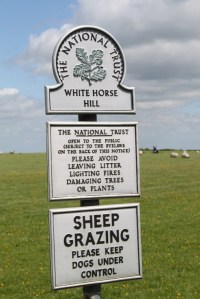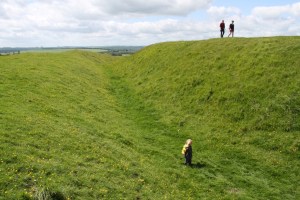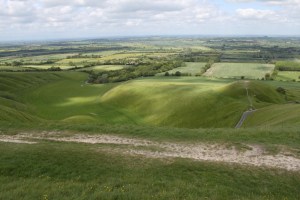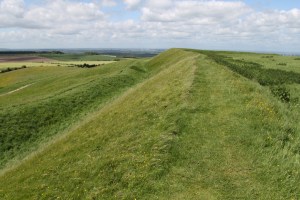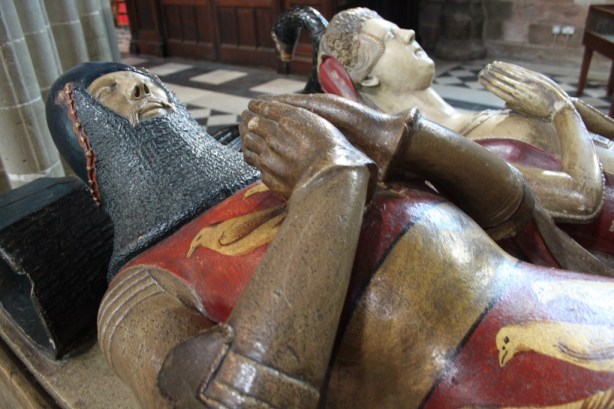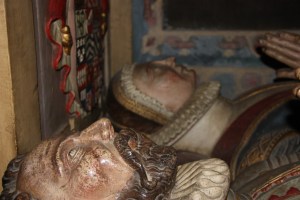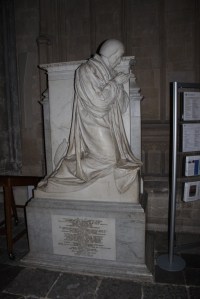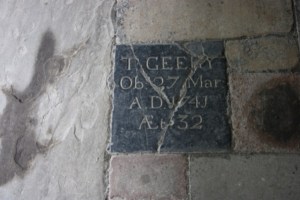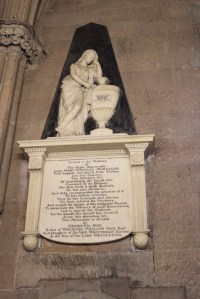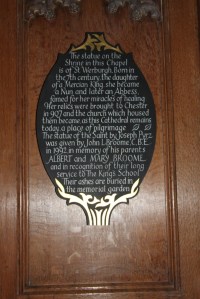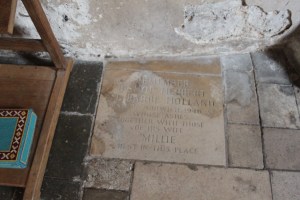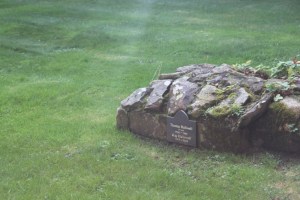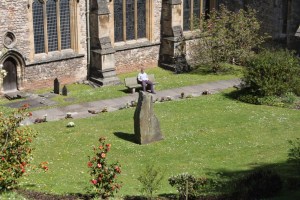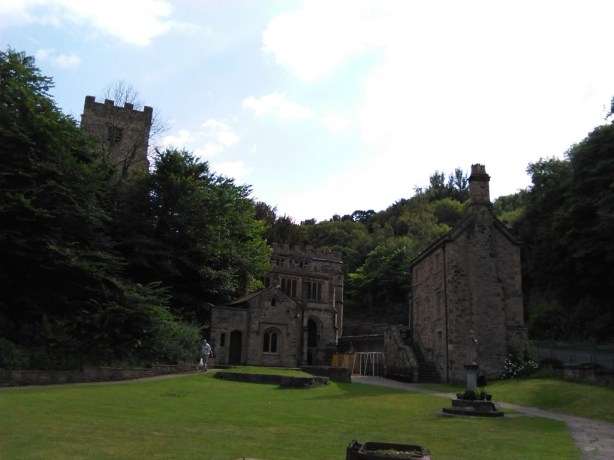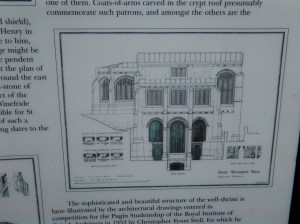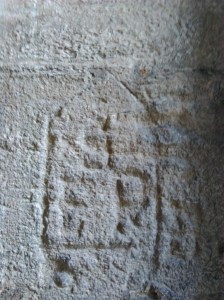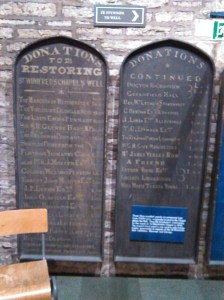From Howard’s Archaeodeath blog.
I want to discuss the tension between tangible and intangible heritage in specific relation to social memory in British landscapes with complex multi-period collections of monuments. My example is White Horse Hill.
This might be old news to many of those working in the profession and academia, but it is something that I have only begun to think about regarding mortuary archaeology and the spaces I am investigating as part of the Past in its Place project; cathedrals, ancient habitations and topographies of memory involving monumental and literary traces.
The textual and material traces of all our sites and landscapes of investigation have dimensions that are still today tangible: including monuments, buildings, memorials. Others are no longer visible but might be apprehended in books. Texts on things, things on text, as well as many, many text-less things and material traces. Yet these dimensions persist and interleave with many traces that are now hidden, stories that are only known indirectly, many intangible dimensions and facets.
Therefore, situated between the tangible and the intangible are traces that are seemingly imperceptible to the casual visitor because of their scale; their grand dimensions or their sleight proportions, as to render them poorly defined as either a fully ‘material trace’ or as an intangible presence. For example, is a management scheme for maintaining grassland through sheep grazing a ‘thing’ that is fully perceptible? Are hut circles, denuded round barrows, field systems only visible from the air perceptible or imperceptible? A bit of both, but in very different ways, is surely part of the answer. For example, a hillfort is both perceptible and imperceptible: some elements are monumental, others only known from archaeological excavation and survey. Other bits have long gone. What is ‘man-made’ and what is ‘natural’ in such a landscape?

